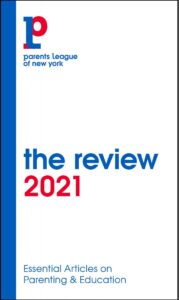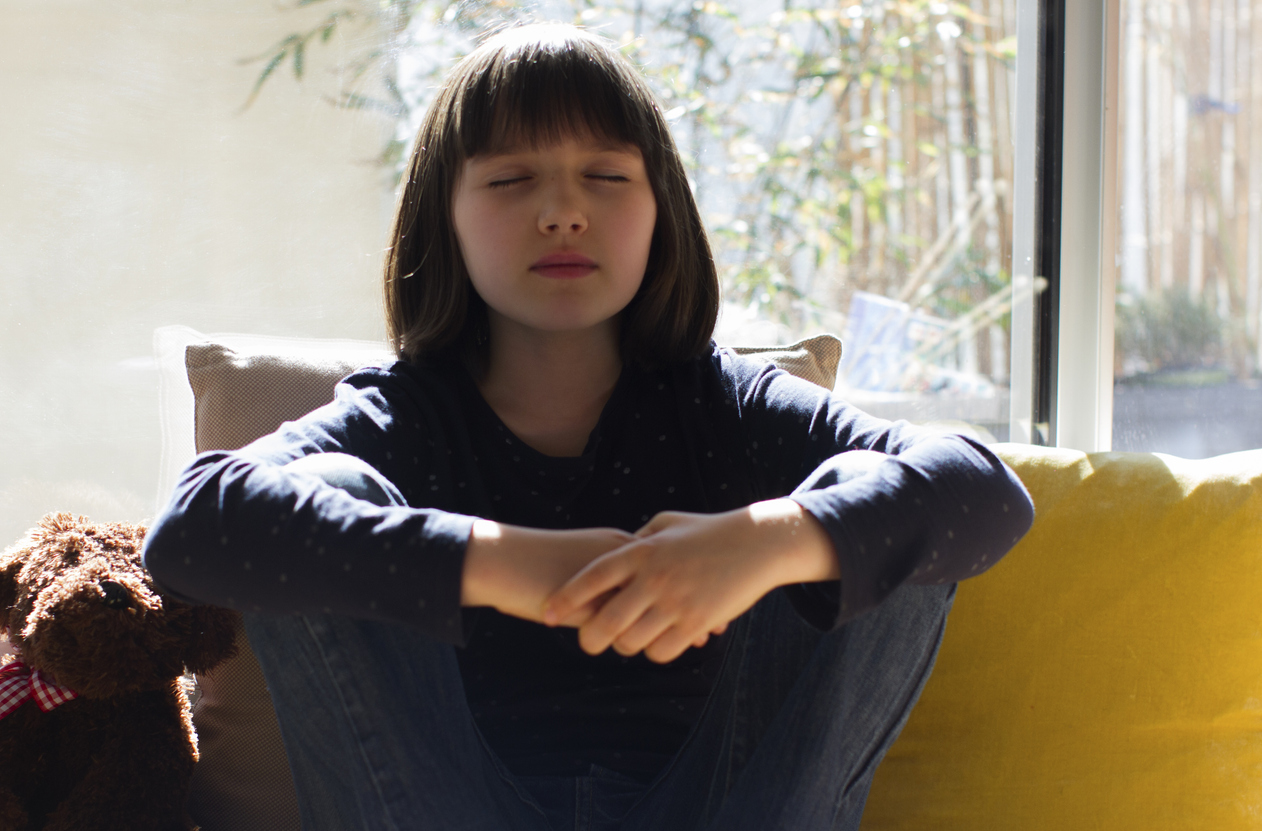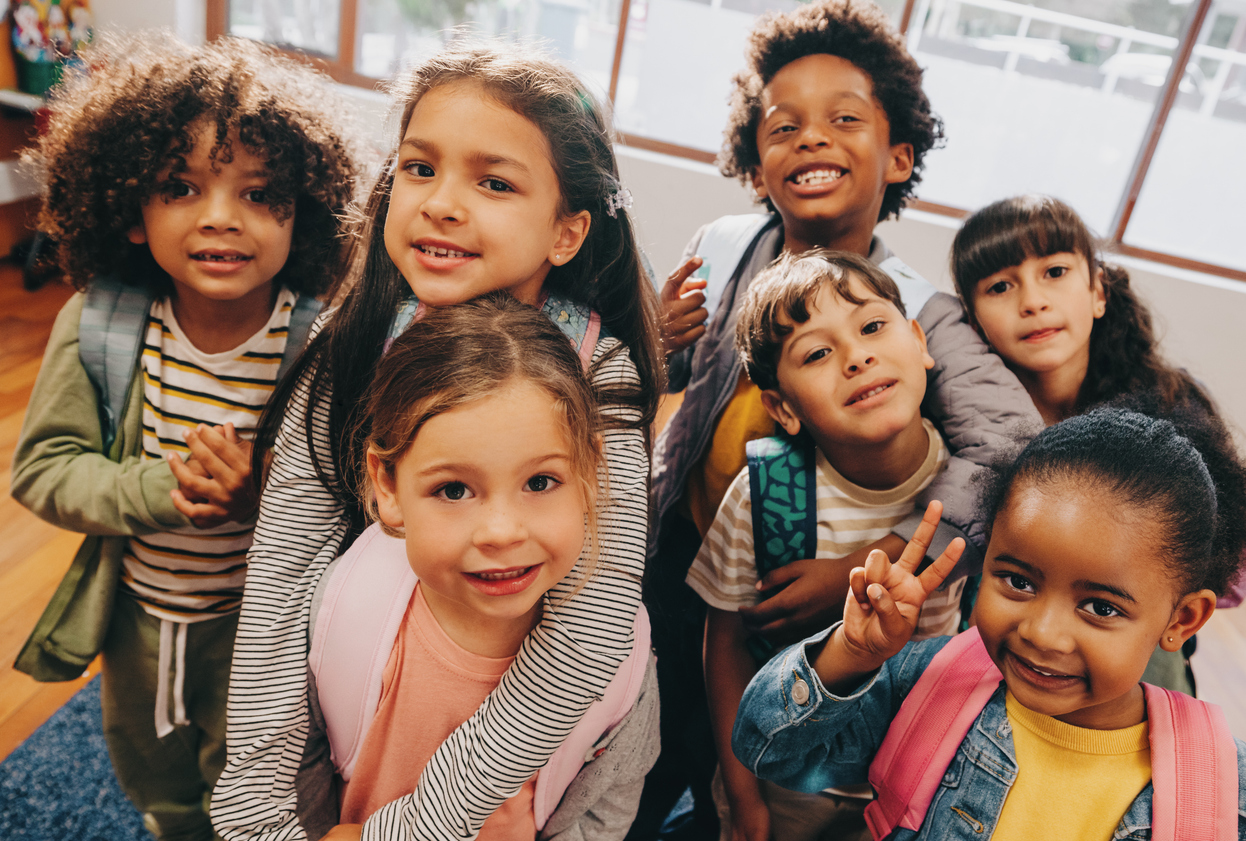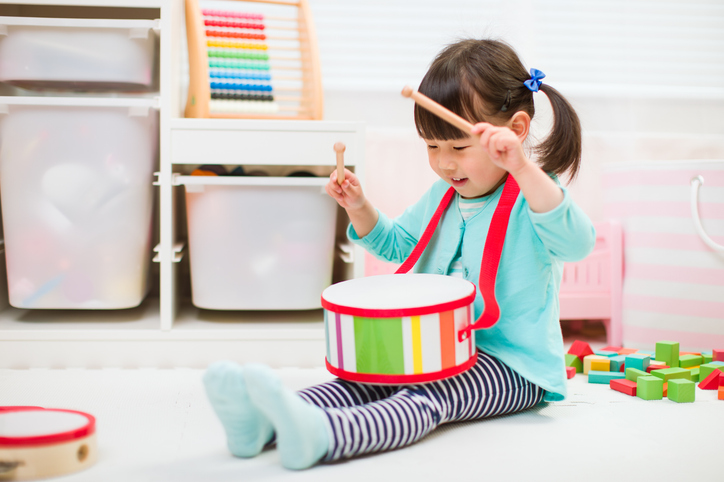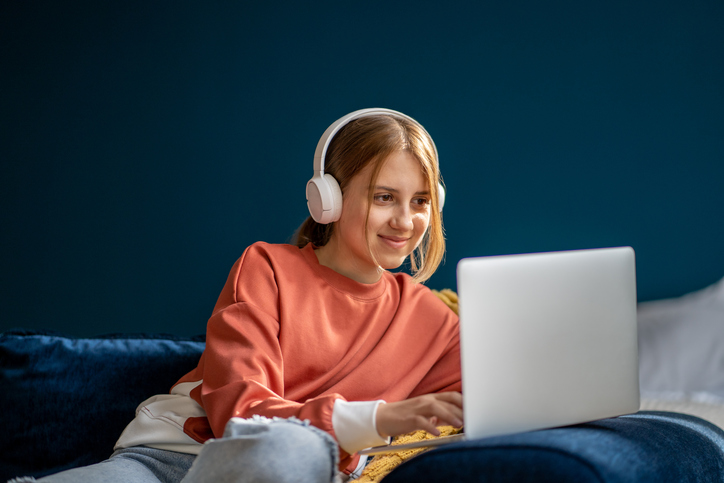A Sense of Place in Early Childhood
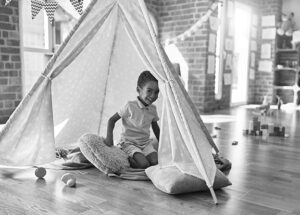
Growing up on a farm shaped my early years. My childhood memories of playing hide-and-seek in the hayloft of our barn, catching minnows in the small, muddy creek that ran through our back yard or riding on the tractor alongside my father are vivid and evocative. In an instant, I can close my eyes and be right back in those places. This “sense of place” holds a very strong emotional element that is tied not just to the geography of a place (in this instance, our farm) but more to the experiences found within that specific place, including the opportunity for connection, wonder and self-direction. In addition, I was able to explore, manage my own risks, do meaningful work, interact with the natural world and feel deep, unfettered joy.
This sense of place lives so deeply in my mind that, during my very first overnight trip to New York City as a young teen, I dreamt about standing all alone in a vast cornfield, feeling peaceful, safe and happy. The hustle and bustle of the city was so different from my daily life and left such an impression on my young self that I escaped back to that sense of place in my dreams.
Today, I carry my own sense of place with me into my work as the leader of an early childhood program. With young children spending more and more time in organized, group, indoor education and care programs, what are the experiences and environments that are shaping their lives? How can we reinterpret and design our classroom environment to foster a sense of place for children that is magical, rich and joyful?
The Classroom’s Physical Space
Physical surroundings are the very foundation of a sense of place. Young children may spend the majority of their waking hours inside environments designed by early childhood educators. Imagine a young child’s classroom with harsh overhead lighting, cold vinyl flooring and uninteresting, cluttered materials. Where is the provocative invitation for wonder, the serendipitous opportunity for meaningful work or to form a joyful memory?
From the lighting to the flooring, the features of the physical facility help to create an environment that fosters warmth, invites exploration and supports a sense of self. Simple decisions like alternative, soft lighting sources or neutral paint colors for the classroom walls have significant impact on the sense of place. Neutral wall coverings create a large, unfinished canvas waiting to be filled with materials, children and their finished work. The classroom’s “color” is most vibrant when the space is filled with the children, engaged in their everyday chatter and activity.
The furniture in the classroom also works to create a sense of space. Wooden chairs and shelves set a different tone than brightly colored plastic furniture. Floors covered with soft pillows and walls lined with black-and-white photos of families create a warm, inviting and homelike space.
Early childhood classrooms are often filled with loud primary colors, their walls covered from floor to ceiling with paper and words and their shelves filled with plastic, commercially designed toys. But, teachers: resist purchasing all the classroom furniture from school supply catalogs. Transform your thinking about the classroom environment to include elements of design, comfort and beauty. Add home furnishings, like soft furniture, different textured pillows, varied shelving and storage units. Making intentional design choices about the physical space of a classroom creates opportunities for children to experience and connect with an environment that is inviting, interesting and multi-layered. It provides children their own sense of place
.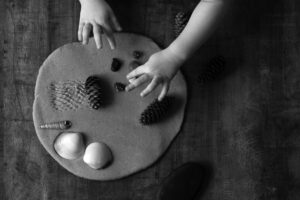
Materials Matter
Because children’s sense of touch is an important conduit for their construction of knowledge, the materials we put in their hands and in their environment matter. Not only do the materials we intentionally put into the classroom inform a child’s sense of self, but they also clearly communicate our values. Do we value information and the right answer or do we value ideas and investigations?
When children are encouraged to interact with and transform interesting materials in a classroom that is full of them, we communicate that we value their agency, thinking and intellectual pursuits. Teachers who look beyond the school supply catalog and instead identify a wide variety of materials that invite discovery, exploration and open-ended possibilities are supporting children’s sense of themselves as autonomous learners. Look for unusual items in nonstandard places: flea markets, thrift stores, hardware stores, design samples—even the clearance section of Home Goods. Find materials that have a variety of textures and purposes: a collection of different kinds of napkin rings, interesting coasters or an assortment of colored cable ties.
Look to the natural world for inspiration: pinecones, lobster claws, tree cookies. Display items that naturally break down throughout the classroom (a sliced apple on a wooden cutting board in the science area, a bowl of ice cubes in the water table, cut flowers in a beautiful vase); wait for a child to observe and note the changes that occur. Also include other natural items that age well and change slowly, like a beautiful piece of driftwood, a collection of river rocks or glass gems, or wooden stumps. Replace plastic toys with materials from the real world: stainless steel plates and cups in the dramatic play area, plumbing pipes or packing tubes in the block area, and collections of old keys or nuts and bolts in the manipulative area.
Use recycled materials: tile samples, plastic lids in various sizes and colors, bread bag clips, and old compact discs. Present them as an invitation to transform them. Interesting placemats or trays, along with beautiful wooden bowls and baskets, introduce a variety of shapes and textures. Display and offer these items with care in provocative combinations. Sand, stainless steel scoops and a collection of small bottles presented in a mirrored tray provide the perfect opportunity to explore many different properties, including volume, measuring and reflection.
Grouping objects like tree cookies, fabric swatches and small ceramic tiles together invites children to make their own compositions—experimenting with balance, symmetry and design and playing with ideas like quantity, shapes and sorting. Use materials and the display of the materials to create a sense of place where children can capitalize on their instinctual desire to explore and discover the countless possibilities to observe, make connections, and transform objects with their ideas and actions.
Bring the Outside In
Reveal and leverage the magic found in nature. A sense of place comes from experiences in the natural world and the meaning found within those experiences. Young children are born full of wonder and wired to take in information about their world; they evince the basic human need to interact with nature. Imagine a young infant mesmerized by the dust particles visible in a ray of sunlight or a young child joyfully splashing in a puddle. These are universal experiences; babies from all over the world are drawn to making sense of the natural world.
Early childhood educators need to create meaningful and rich opportunities for young children to explore, transform and interact with natural elements inside and outside the classroom. As for inside, water and sand play are timeless classroom activities. Teachers can expand their thinking to include other natural elements, like light and color. Find ways for young children to watch and interact with light (flashlights, overhead projectors, light tables). Watch as the light moves or makes shadows. Thoughtfully add mirrors, not just to the walls: fix mirrors to the top of a table, hang a mirror ball in a light-drenched window or adhere mirrors to the sides of a window frame to reflect the sunlight.
Explore how light and color interact. Create opportunities for children to experience transparent and translucent materials like glass or clear acetate. Add transparent items that have color: color paddles, magnetic tiles or interesting plastic containers. Play with the light as it passes through the material. Compare the difference to opaque objects like brick or metal, or wooden blocks. Use the idea of transparent and opaque throughout the classroom (sheer fabrics and heavy tapestry in the dramatic play area; wooden blocks and acetate blocks in the block area; oak tag and tracing paper in the art area).
Expand the thinking even further by exploring animals, plants, wind and air or sound. Interacting with the natural world in a playful and exploratory way inside the classroom not only fosters children’s connection to it, it also fosters a magical, wonderous sense of place.
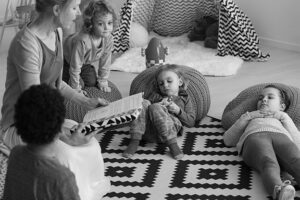
A Lasting Sense of Place
Early childhood educators can promote children’s constructive interaction with the environment and with each other to create a positive sense of place. We can reinvent our classroom so that the interaction of different design elements produces a tranquil but intriguing result, where each individual part combines with the other to create a well-balanced, inviting and provocative experience. When we intentionally set up an environment filled with warmth, innovation, creativity and exploration, we are helping our children to make meaningful memories in their foundational years.
Ideally, when our children think back to their time in their early childhood program, they will have deeply emotional memories of curling up on the big, soft pile of pillows to read Where the Wild Things Are with a favorite teacher … building tree block and wood piece structures alongside their friends … creating a sculpture with cold, comforting clay. And just as that hayloft filled me with joy and warmth, our intentionally designed classroom will bring a joyful sense of place to our children throughout their lives.
Resources
Curtis, Deb, and Maggie Carter. Designs for Living and Learning: Transforming Early Childhood Environments. Redleaf Press, 2015.
Wilson, Ruth. “A Sense of Place.” Early Childhood Education Journal, vol. 24, no. 3, 1997, pp. 191-94.
Renee Mease is Director of Columbia Greenhouse Nursery School, a preschool in Manhattan.
This article first appeared in the 2021 issue of the Parents League Review. Get the current issue of the Review free with a family membership. Or purchase it separately.
